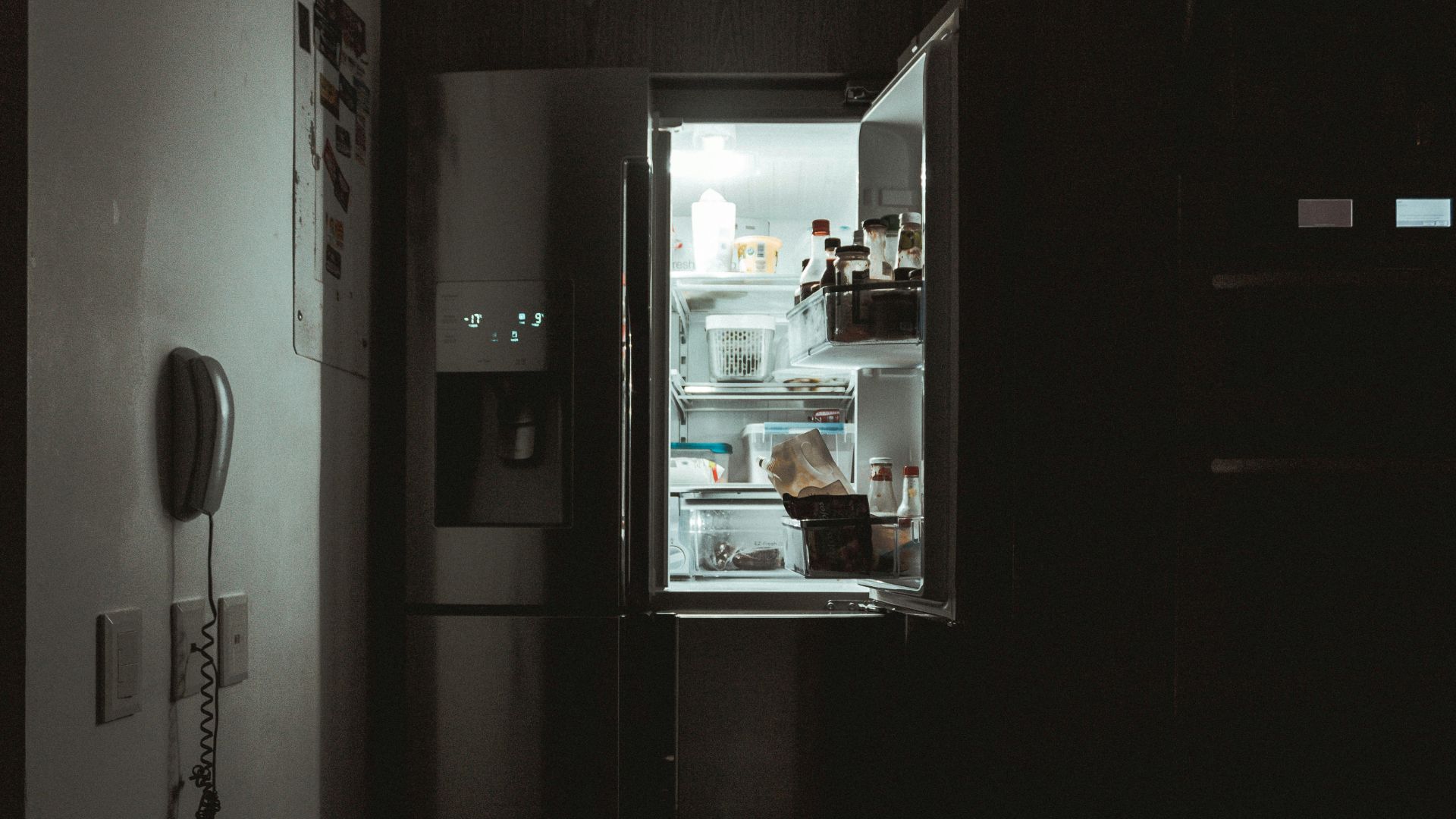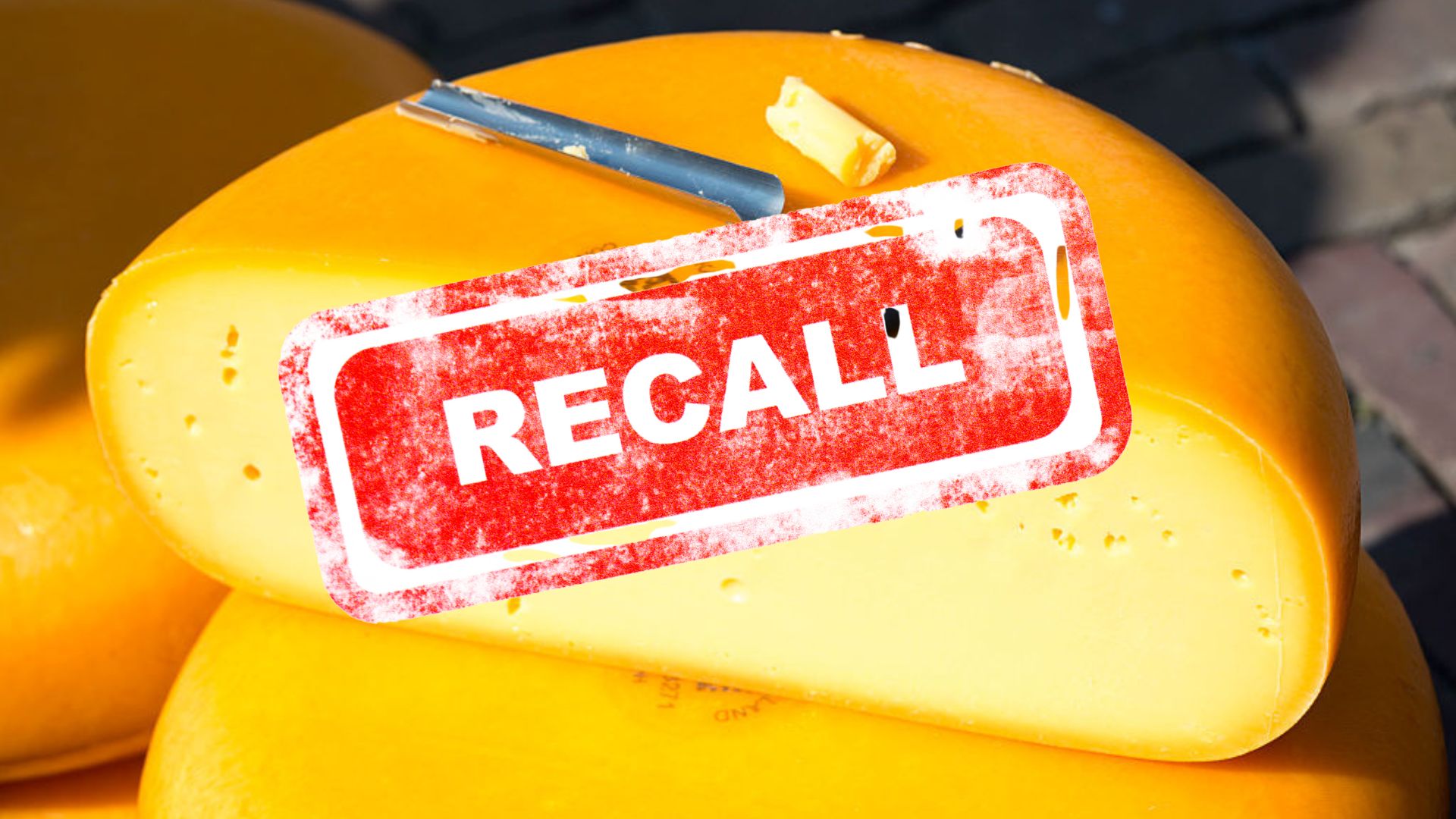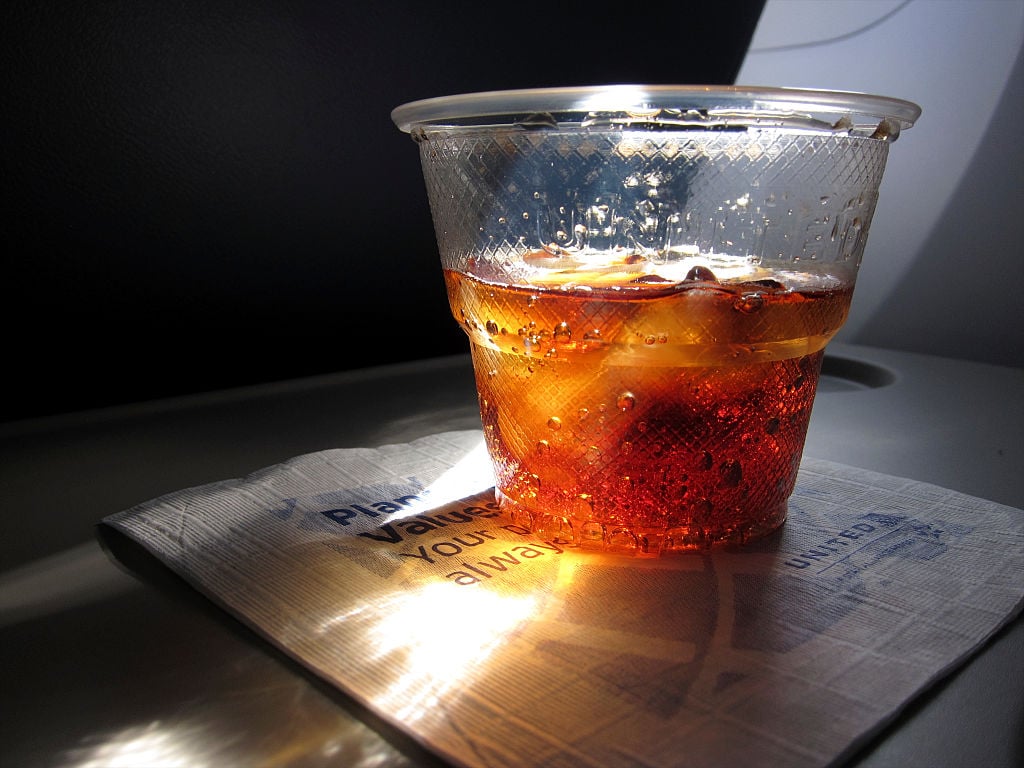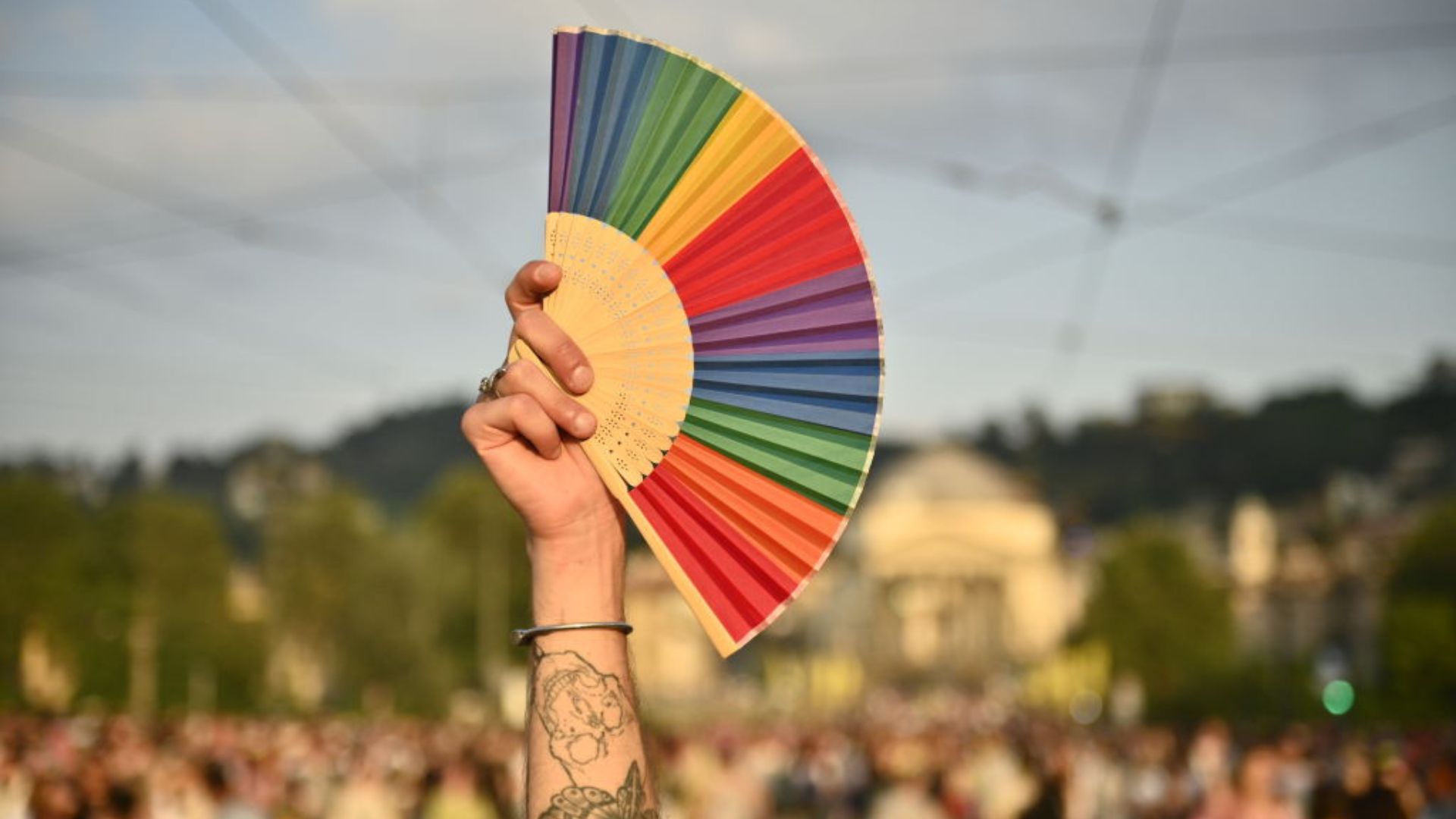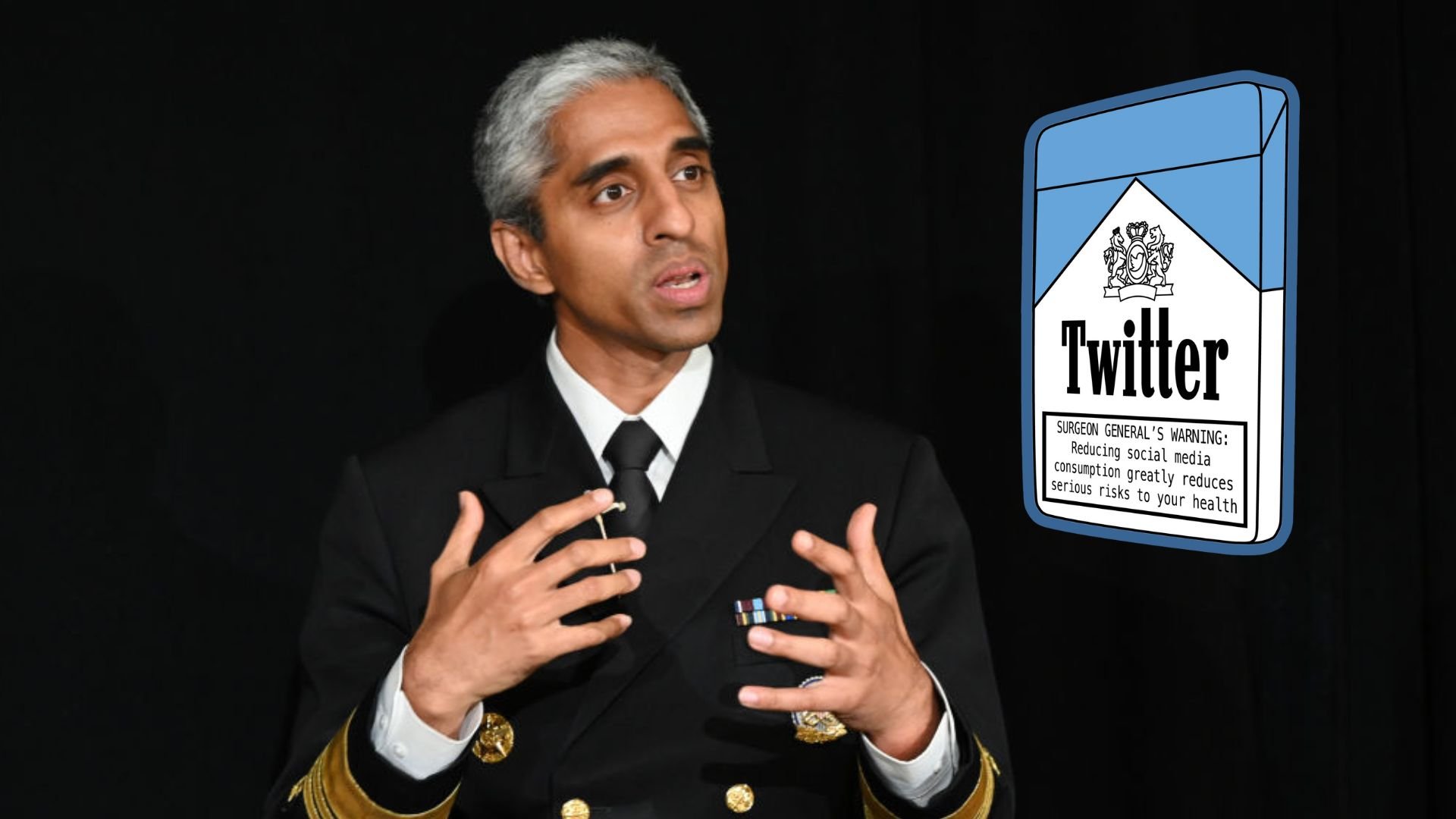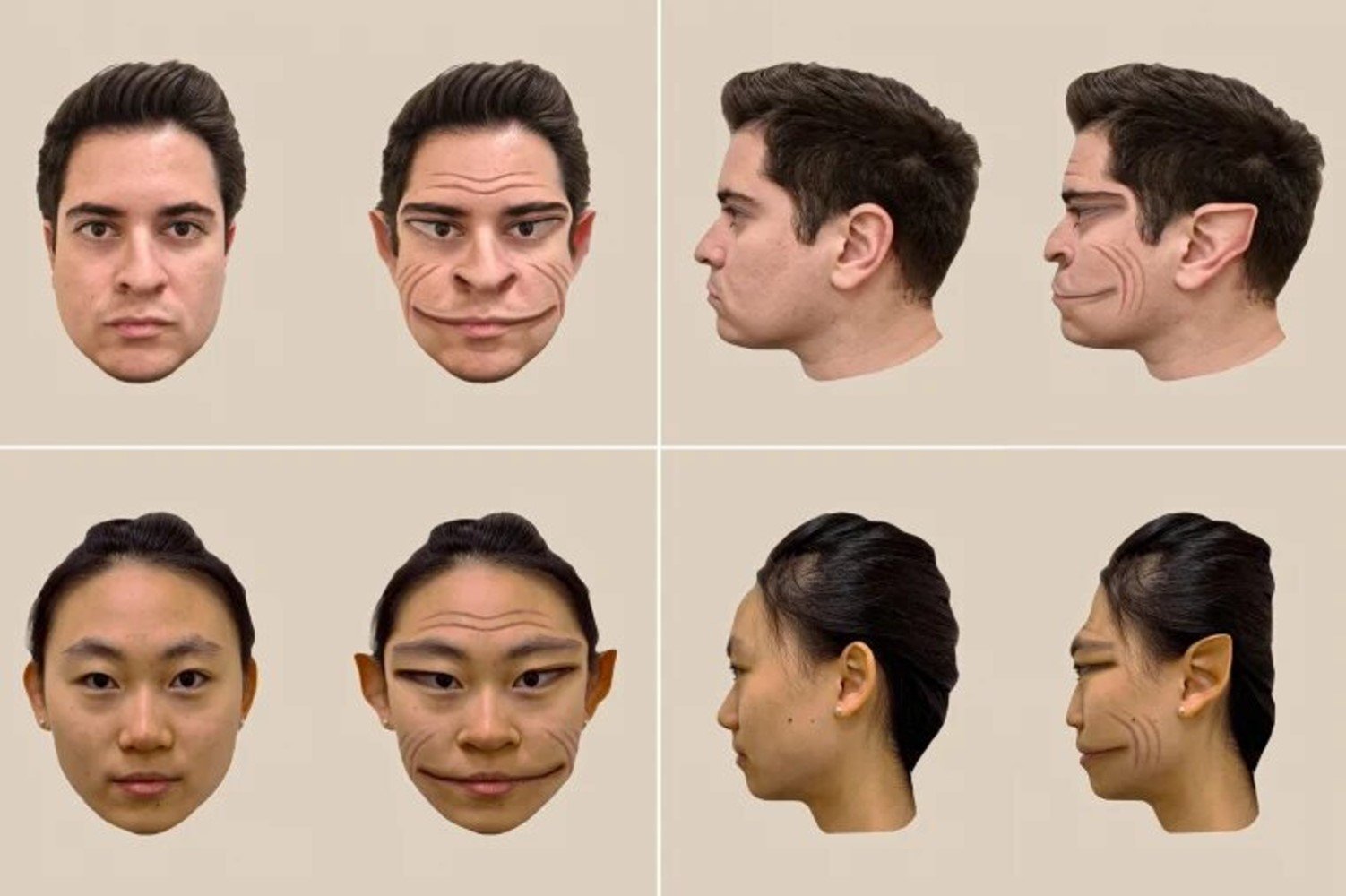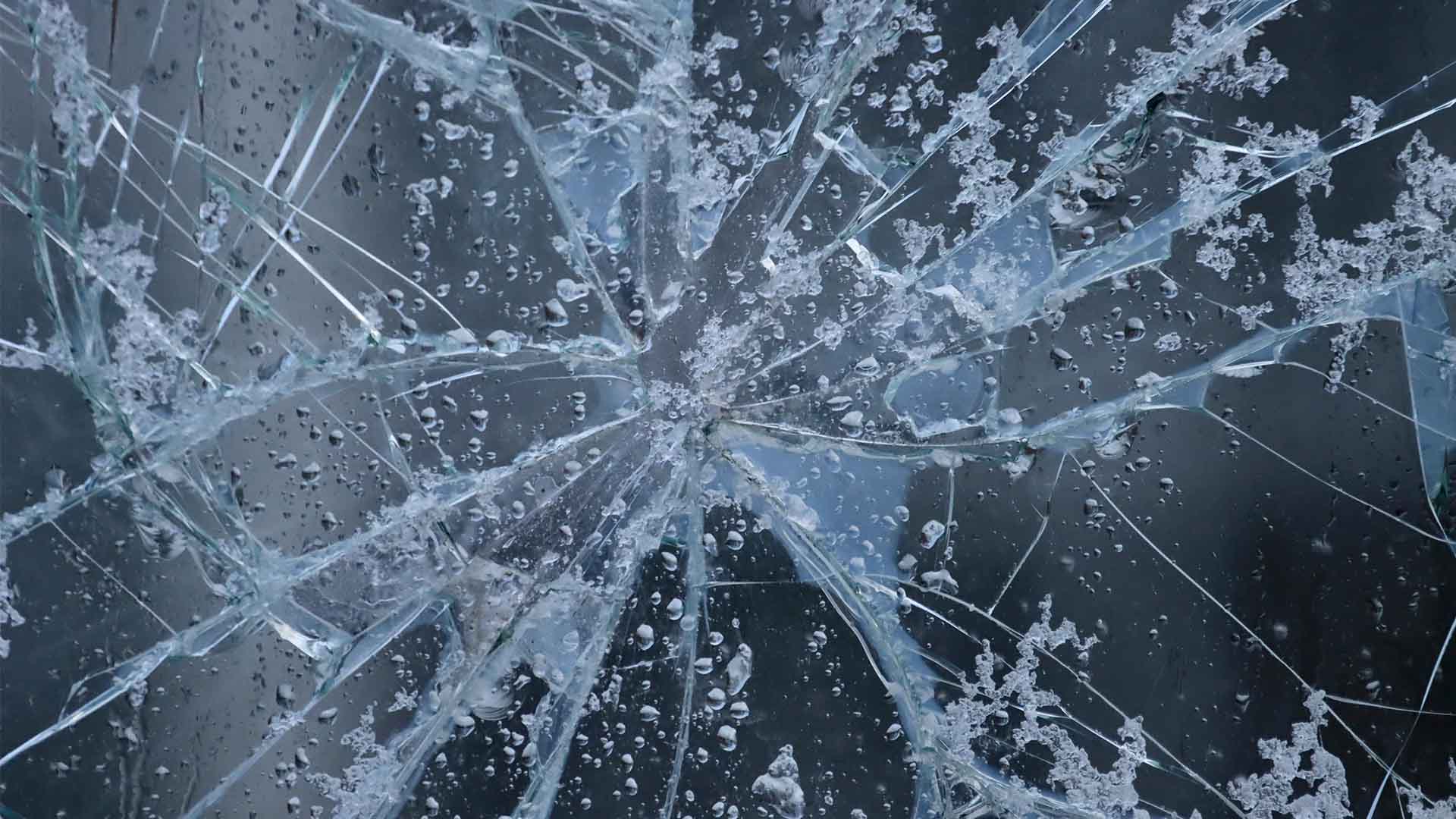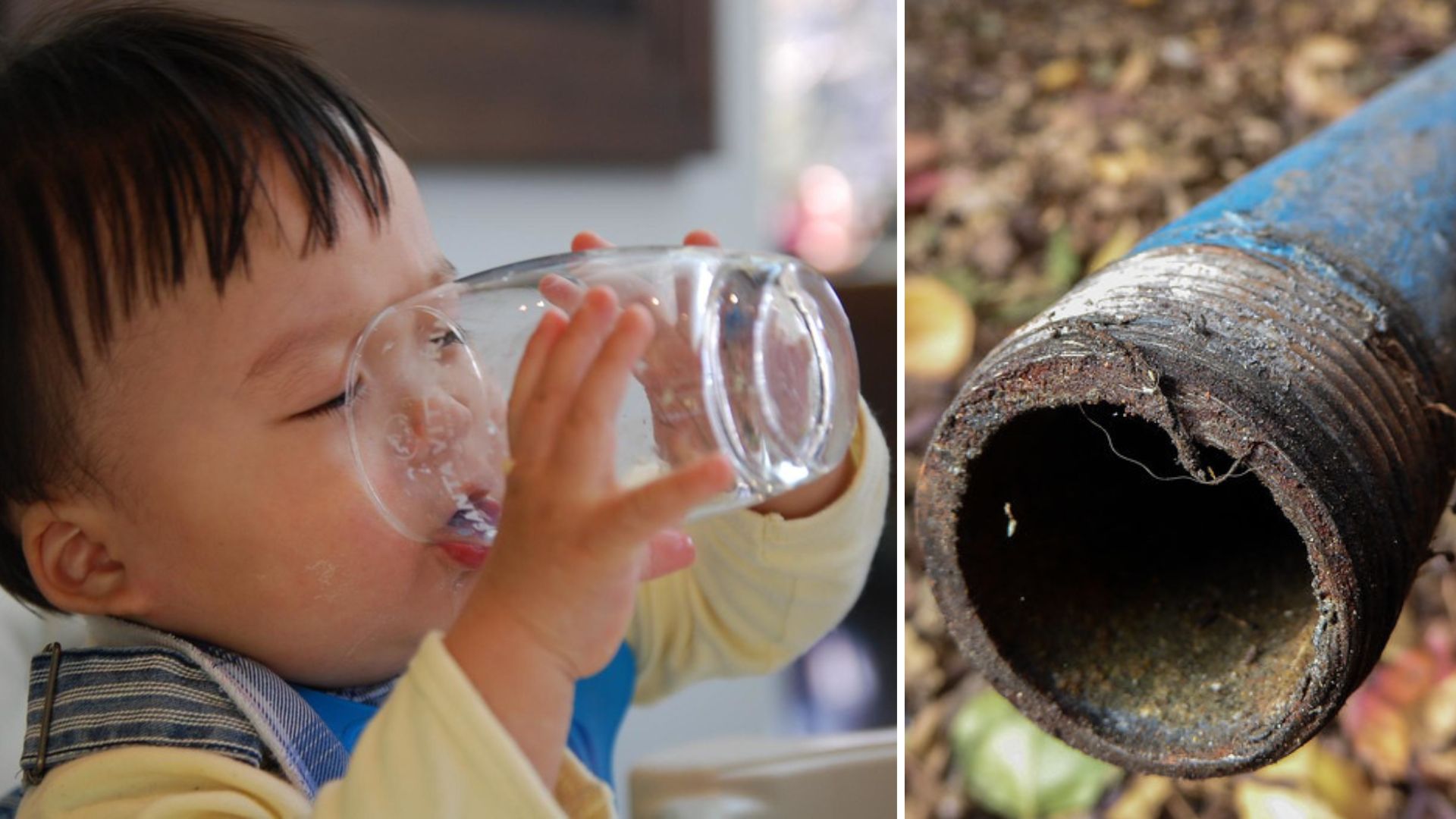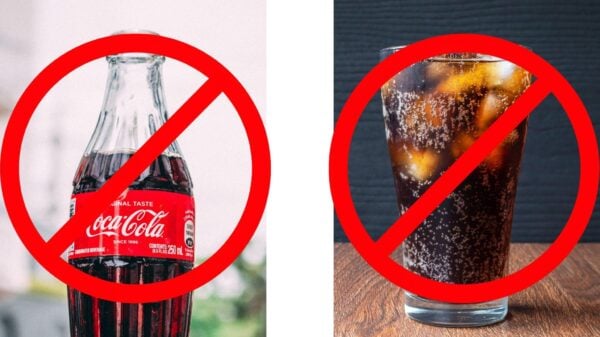Nearly 400,000 homes in Chicago are still using lead service lines to receive their tap water, leading to high levels of lead exposure.
These estimates are based on lead detected in water samples drawn from homes in neighborhoods in Chicago as part of a free, voluntary testing program that the city offers residents. However, fewer than 10 percent of households have tested their water
“The concerning thing here is that [lead exposure] is happening at such a population level, and we don’t know which houses have small levels of exposure and which ones have large levels,” says study co-author Benjamin Huỳnh, assistant professor at the Johns Hopkins Bloomberg School of Public Health, though he notes that even low levels of lead can cause health problems.
“We [also] found that the people who took those tests are more likely to be in white neighborhoods, wealthier neighborhoods, and also neighborhoods that are less likely to have lead in the first place,” Huỳnh says.
To fill the gaps, Huỳnh and his colleagues in the study used other sources, such as demographics and health metrics, and conducted surveys on the city’s drinking water. Using machine learning assistance, the researchers inputted that data to predict levels of lead exposure through tap water across Chicago.
The researchers estimate that about 1 in 5 children living in homes with lead-contaminated tap water drink it as their primary source. This is likely to result in high levels of lead in the blood of residents in those select neighborhoods.
“When it’s hidden in our water and people don’t have good information about lead in their water, they end up drinking it every day. That’s when it really becomes a problem,” Betanzo says.
While Chicago is bearing the brunt of lead-contaminated water, this is a problem that plagues a large part of the U.S.
While experts say no level of lead is safe for children, since it could lead to brain damage and nervous systems, cities are still working in compliance with federal laws. The City of Chicago is working hard to ensure that Chicago’s water continues to meet and exceed all standards set by the U.S. Environmental Protection Agency,” the Chicago Department of Public Health wrote in a statement to NPR.



